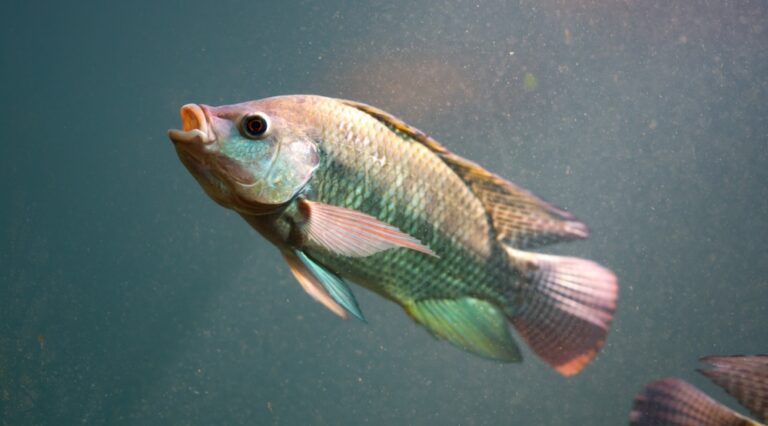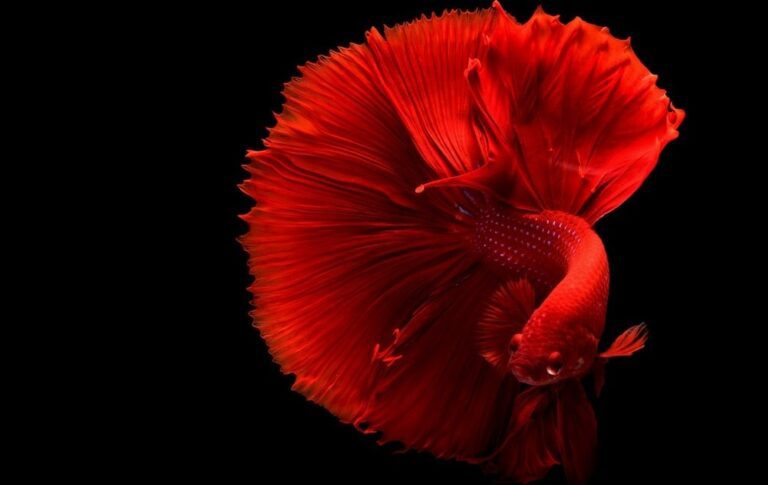One thing that pops into our mind when talking about frags is grenades. So, let us clear out the air; we are not talking about crazy war equipment; instead, we are discussing about fragging corals and how to do that by yourself.
Most of you probably have limited knowledge of aquarium and corals; however, it does not mean that you cannot learn a trick or two to beautify your water tank with Small Polyp Stony Corals (SPS), Montipora Plate Corals (MPC), or Acropora.
Now let us come to the million-dollar question, what is coral fragging? To comprehend this, you must first know that corals have a unique ability to recreate matching clones from any parts of themselves.
Basically, a small piece of it can turn into a fully-grown coral in a specific period of time.
Now fragging is a special technique, which is quite similar to shaping bushes or cutting down branches to acquire expected figures. It not only allows you to prevent the corals from taking each other’s colonies but also breed new ones to glorify your aquarium.
In simple words, coral fragging refers to the cutting, snapping, or slicing corals and then mount the frags on shells, rocks, or any safe material to reproduce new ones.

The Introductory Phases of Coral Fragging
The primary methods to frag corals are quite simple. You will see that most of the famous coral species require the same technique for fragging. We have narrowed down to four stages, which we think are common in most techniques.
1. Habituation
The first thing you need to do is to ensure the mother coral’s health. For a few months, you need to check if it is growing or not. Afterward, your aquarium or tank must meet the coral’s nutritional and environmental needs.
Only then you should and can start the cutting process without any nuisance.
2. Planning
After conditioning, you must plan out the fragging procedure. Most of the time, the slicing and dicing process is done on tables or a countertop. You will see that most corals have different shapes inside and outside of water.
Therefore, you must identify the species, strategize your moves, mark the areas where you will cut them. Furthermore, you must select and set up proper gears prior to the fragging procedure.
3. Fragmentation
When you are done with selecting and preparing your desk, you move on to the part where you actually cut, snap, or break the coral. Sometimes, the corals make fragments by themselves; however, in most cases, you have to do the job.
4. Attaching the Frags
After creating the frag, you will have to attach it to a suitable place. It can be a frag plug or the surface of a rock. You must know that attaching frags are incredibly crucial for appropriate reproduction.
For instance, if you do not fasten a soft coral, it will surely float away in your tank. On the other hand, the fragments of stony corals are not buoyant, yet they may fall to the bottom, leaving themselves susceptible to damages.
Additional Read:
Recommended Tools
The Steps to Frag A Coral
Corals are genetically designed to reproduce from any of its parts. This ability to clone themselves makes it easier for us to breed new corals. Usually, a coral does the tough parts of a fragging procedure.
They heal, settle, reorganize, and grow themselves accordingly. All you need to do is frag them without damaging any tissues. For starters, we recommend Large Polyp Stony Corals (LPS) as they are easy to break.
On the other hand, mushroom corals are also a fantastic choice if you are fragging for the first time. They are large fleshy polyps that grow on rocks. The best thing about them is that they frag themselves on a routine basis.
Additionally, they procreate from any of its pieces, which makes the fragging much more comfortable and safer.
Materials for Fragging Corals
- One elastic band
- One Small container
- A piece of sentient rock, or reef-safe material for attaching the fragment
- One razor blade
- A patch of elastic mesh
A Step by Step Guide to Frag Your First Coral
- Phase 1:
The first thing you need to do is spot the coral and the rock where it is attached. Then, you have to take out the entire thing without bumping or damaging any parts.
If it is not necessary, then you must not frag your coral inside the tank. Therefore, we strongly recommend that you pull the polyp out of the aquarium to be on the safe side.
The rock, along with the coral, will be extremely wet; hence, you should put them on a heap of paper or in a bowl to avoid messes.
Additional Tip: The bowl or the pile of papers must be clean as it reduces the possibility of infections.
- Phase 2:
To complete the next step, you will need a razor blade. Remember, you should always use a knife that is clean and neat.
Now, with the help of the blade, you can easily cut off a part of the coral. As we have discussed before, coral has a unique ability, which lets them procreate new ones from any of its pieces.
Thus, any part you slice off can be a potential fragment for reproduction. Nonetheless, if you want something more specific, then we suggest that you cut the coral horizontally and remove the whole cap.
It means that the bottom part of the coral will stay attached to the rock, and you will have the upper piece for setting up a new colony.
- Phase 3:
Afterward, you have to fill up the small bowl with water from your aquarium or liquid that is suitable for the fragment. Then you will need to place the mushroom coral inside the container.
When you drop the fragment inside the water, there is a high chance you will see some string-like materials hanging out from the coral. You may also witness some brown things discharging out of the mushroom.
There is no need to be alarmed as these things are quite common in the fragging procedure.
- Phase 4:
After keeping the mushroom in the bowl for a brief amount of time, take it outside the water. Then with steady hands, set it on the sentient rock.
Prior to placing, you must check if the rock rubble is clean or not. You should not use the contaminated water; so, it is crucial that you dump it.
- Phase 5:
This time, you will have to use the plastic mesh and the band. At first, the step may seem tricky, but actually, it’s not.
Wrap up the sentient rock carefully with the help of the elastic mesh. Then gently use the rubber band to hold the entire thing in its place.
Additional Tip: Be careful when you are wrapping the rock rubble, or the fragmented part may break into smaller pieces. Do not try it by yourself, if you do not have steady hands.
- Phase 6:
You are almost done; all you need to do now is place the rock in your aquarium. Keep in mind that you should keep the freshly sliced piece away from the area where the water flow is high.
Afterward, smoothly place the mother coral in its previous location.
- Phase 7:
After a considerate amount of time, you will notice that the mother mushroom is healing itself. Soon it will reshape and grow into a fully-fledged coral.
On the other hand, the fragment will attach itself to the sentient rock.
- Phase 8:
You can safely get rid of the elastic mesh, once the coral frag is connected with the rock. All you need to do now is glue the rubble to the area where you desire.
Additional Tip: As I have mentioned before, steady hands can eliminate any possibilities of coral damage.
Good job! You are done with fragging your first coral. It was quite easy, right? Well, in your first attempt, you may face some significant complications; however, it is not the end of the world. As they say, practice makes a man perfect.
Enjoy Fragging Corals
Fragging is an excellent way to increase coral colonies in your aquarium. Truth be told, buying corals from local fish stores or hobbyists may prove out to be cost-inefficient.
Furthermore, there are various risks of infections from your way to the store to home. Most of the time, people face such issues, where corals die along the road due to dry weather.
Nevertheless, of all the people you are safe from such troubles. Now you know that fragging a coral is quite seamless, and you do not need the help of professionals for it.
You just need a few household items to complete the task all by yourself. Therefore, the path to glorifying your aquarium is just a few steps away (eight to be exact); you only need to gather up the courage to start the job.
We believe our definitive guide on fragging corals will assist you in your DIY (do it yourself) project. So good luck, and enjoy fragging your first coral.






